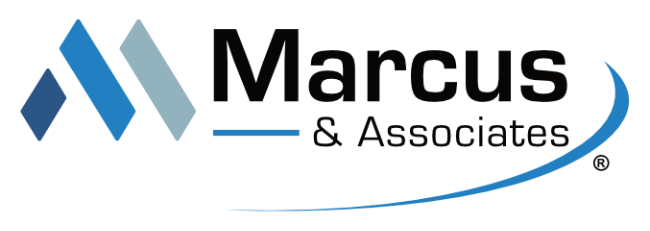Most of the professionals in the life science field chose to enter the industry because of their passion for working to create technologies and drugs that can save lives. However, as healthcare gravitates toward a patient-centric model and the goal of treatment shifts its focus from saving lives to improving the patient’s quality of life, the motivations and desires of life science professionals will follow.
As recruiting experts specializing exclusively in the life science industry, we have noticed that the industry is shifting as a direct result of the changing tide in healthcare. Patient-centricity is impacting talent acquisition across the entirety of the industry, from research and development through commercial functions. Specifically, it is impacting how today’s life science professionals evaluate their career options.
Commercial and Marketing
Patient-centric care is forcing pharmaceutical companies to alter their strategies for product marketing and have had to reevaluate how they are directly marketing to patients.
Pharmaceutical companies have marketed their products directly to patients for many years, but most of the messaging has been product-based. After years of product-based messaging, patients have come to see their relationship with pharmaceutical companies as transactional. To develop patient-centricity, many pharmaceutical companies have begun to reframe their relationships to put the focus on the patients rather than the product.
Patient centricity is about providing patients with an abundance of information, empowering them to make the medical decision that is best for them. Pharmaceutical companies can start that process by creating product marketing that presents patients with a potential complete solution.
The product marketers with this mindset are increasing demand within the industry.
Research & Development
Today’s research and development talent are eager to make their mark. One of the areas where there is the most opportunity to make a significant impact on the lives of people is developing drugs for unmet patient needs. In most cases, these drugs are classified as orphan drugs, where the drug’s reach is somewhat limited. But that is not mitigating the interest of scientists the way it might have in the past.
Scientists in research and development are jumping at the chance to work on high-impact drugs. We have observed that scientific talent is especially drawn to drugs that aim to bring relief to people who have been waiting for a treatment for their disease or condition.
Another driving force for scientists who are working on these types of breakthrough drugs usually requires working with new and cutting-edge technologies, which is an additional attraction for them.
Risk
While scientists are excited to work on pioneering science and products, in many cases, the science on these projects is unproven, which creates a heightened element of risk. Developing new products requires a lengthy research and development phase, which comes with hefty costs. The steeper the costs are to develop the drug, the more expensive it will need to be when it is brought to market to recover the investment.
How are companies mitigating these concerns of today’s talent? Highlighting their financial strength is one major way. Companies that have a deep well of funding can convey their financial position to prospective candidates and alleviate the amount of risk they perceive taking.
Marcus & Associates Life Science Recruiting
Patient-centricity is transforming the way people receive care and is thereby shifting the way that life science professionals evaluate opportunities. If you are in need of life science talent, contact Marcus & Associates today.






